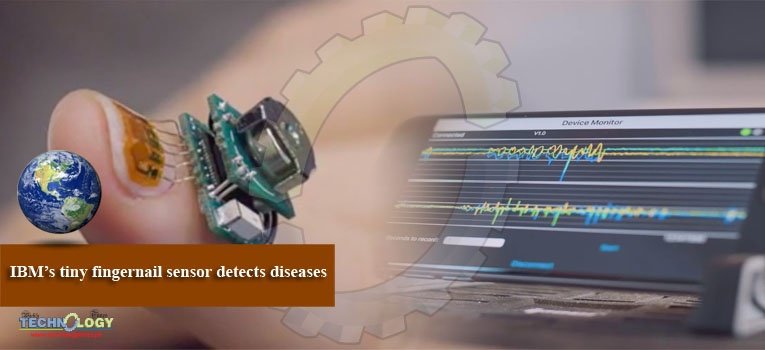Measuring health and detecting diseases beforehand through the strength of a person’s grip has now become a reality, thanks to IBM’s tiny fingernail sensors.

Computer manufacturing firm IBM has developed a small, wireless fingernail sensor that can detect a person’s grip strength and use artificial intelligence (AI) to provide insights regarding their health and cognitive abilities.
The device, worn on a fingernail, makes use of a collection of strain gauges for detection of the deformation of the wearer’s nail as they grab objects, with adequate subtlety to detect tasks such as writing with finger, opening a pill bottle, or turning a key.
The sensor then sends the data collected to a smartwatch where the AI does its part and uses machine learning to analyze the deformation and detect any issues. Also, as per IBM, the sensor could also use a neural network for accurately detecting finger-written digits, in turn helping identify health issues linked with cognitive functions and motor skills.
Though the sensor was originally developed keeping Parkinson’s disease in mind, IBM believes that it could have multiple range of uses that could include detecting the development of numerous diseases and the effectiveness of treatments meant to slow the diseases.
For their study published in the journal Scientific Reports, the researchers used the device to effectively rate symptoms of Parkinson’s disease like tremors and slowed movements. However, IBM didn’t state when the sensor would be used for practical uses, but they hope to extend the prototype to recognize other diseases as well.